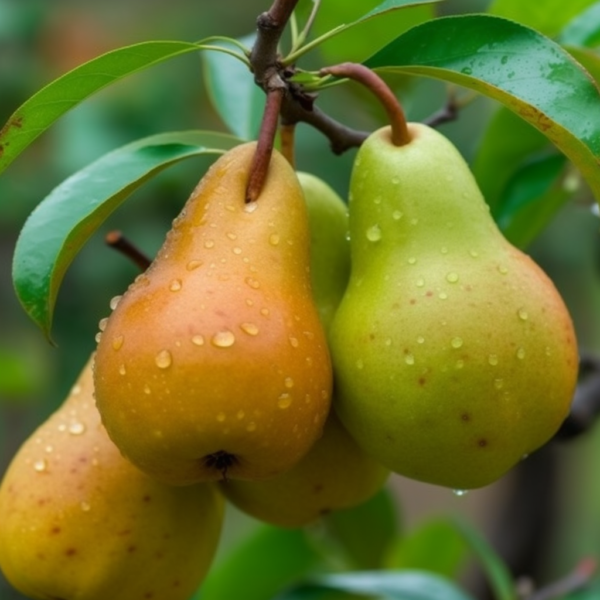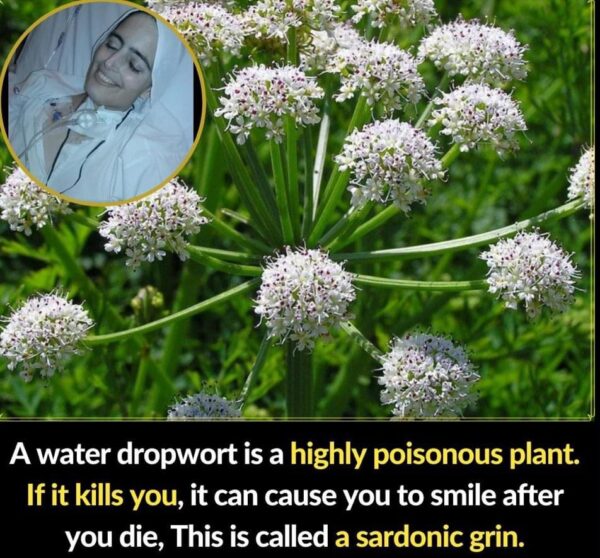In the heart of our family’s backyard lies a testament to resilience, sustainability, and the enduring spirit of American self-sufficiency: a 25×50 ft plot we affectionately call our Victory Garden. Reviving a tradition that dates back to World Wars, when families across the nation turned their lawns and vacant lots into bountiful gardens to support the war effort and feed their communities, we’ve embraced this practice not only as a nod to history but as a crucial step towards food independence and environmental stewardship in today’s world.
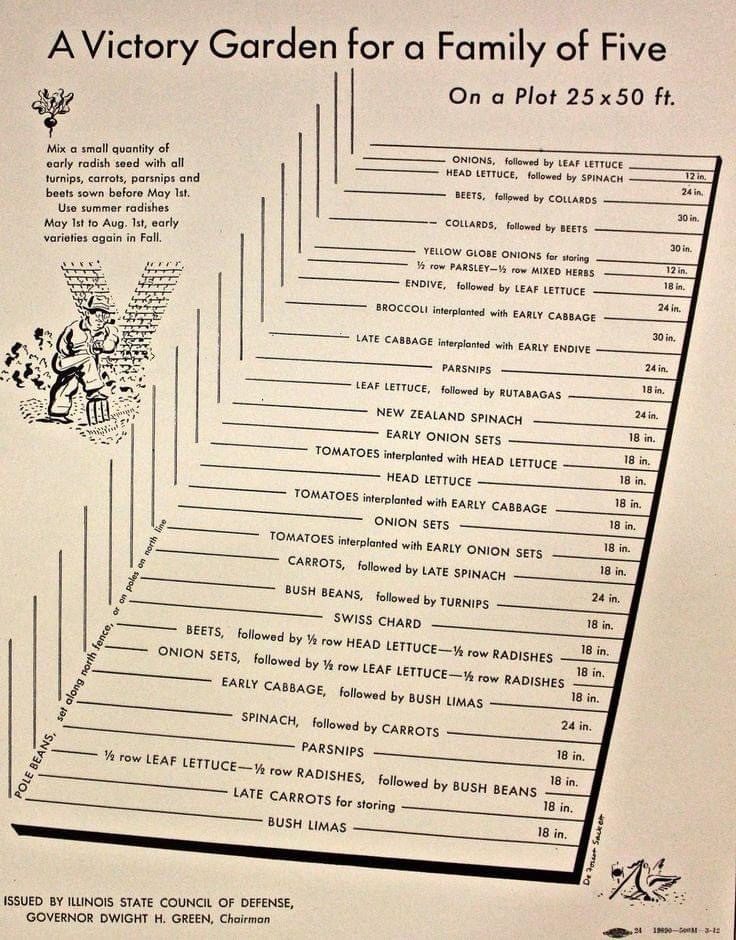
Our journey into gardening began as a simple desire to connect with the land and teach our three children the value of hard work, patience, and the rewards of nurturing life from the soil. What started as an experiment has blossomed into a cherished family ritual, where each square foot of our plot contributes to our table, offering fresh, organic produce that sustains us through the seasons.
In this guide, we’re excited to share with you the lessons we’ve learned, the joys and challenges we’ve faced, and the practical wisdom we’ve gathered in maximizing every inch of our 25×50 ft garden. Whether you’re a seasoned green thumb or a curious newcomer, our story and strategies aim to inspire and equip you to embark on your own Victory Garden adventure, transforming your space into a source of abundance, learning, and family bonding.
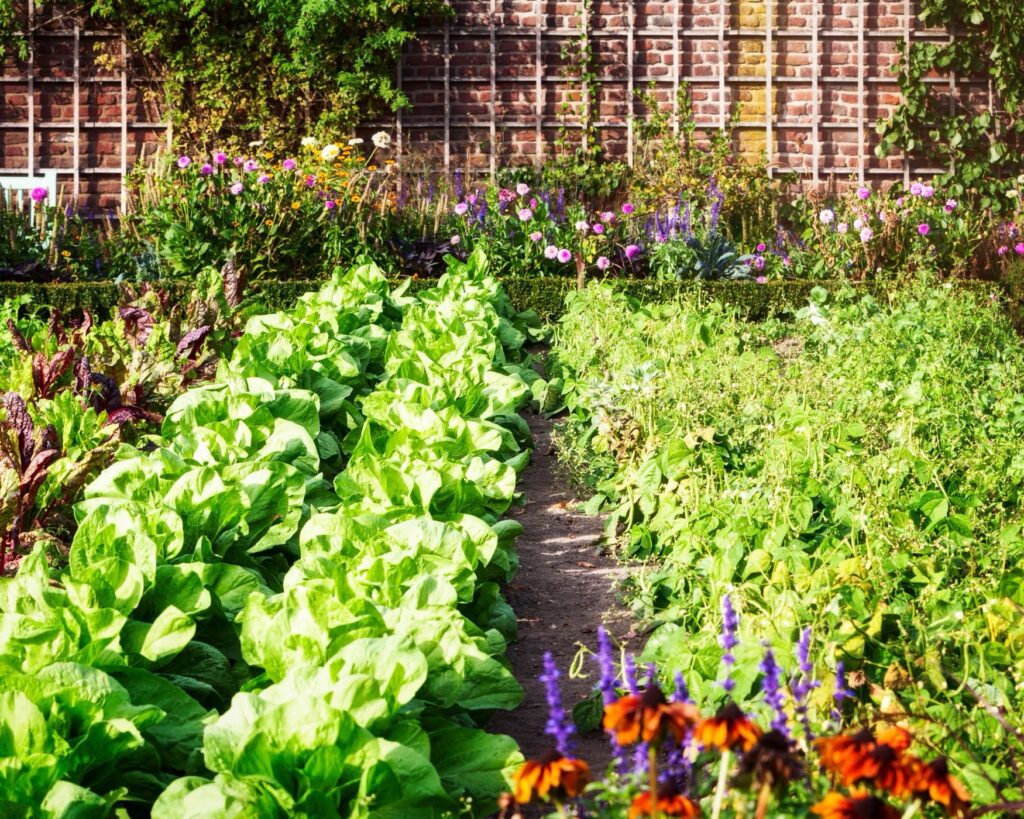
Planning Your Garden Layout
Crafting a successful Victory Garden, especially within the confines of a 25×50 ft plot, begins with thoughtful planning and a clear vision. Our family learned early on that every inch counts, and strategic design is key to maximizing our garden’s productivity and ensuring a diverse harvest that could feed our family of five.
Understanding Your Space
First, we took the time to understand our space’s unique characteristics: sunlight patterns, soil conditions, and local climate. We realized the importance of positioning our garden to receive ample sunlight, crucial for the growth of most vegetables and fruits. We also tested our soil to determine what amendments it needed to create the perfect foundation for our plants.
Dividing the Plot
Dividing our plot into manageable sections was our next step. We designated areas for different types of crops, considering their specific needs and how they could complement each other. For example, we allocated sections for root vegetables like carrots and beets, leafy greens such as lettuce and spinach, and taller plants, including tomatoes and beans, ensuring they wouldn’t shade the smaller ones.
Incorporating Succession Planting
Succession planting became a cornerstone of our garden layout. By staggering plantings of certain crops, we ensured a continuous harvest rather than a single bounty that we couldn’t consume all at once. This method was particularly effective for fast-growing vegetables like radishes and lettuces, providing us with fresh salads throughout the growing season.
Optimizing with Interplanting
Interplanting was another strategy we employed to make the most of our space. We planted tomatoes alongside early onions and carrots, allowing the quicker-growing onions and carrots to be harvested before the tomatoes needed more room to expand. This not only maximized our yield but also helped in pest management, as the diversity of plants created a less attractive environment for pests.
Planning for Vertical Growth
To truly maximize our plot, we looked upwards. Training vining plants like cucumbers and squash to grow vertically on trellises along the north side of the garden allowed us to use space that would otherwise go unused. This not only saved ground space but also made harvesting easier and helped keep the plants healthy by improving air circulation.
Lessons Learned
Planning our garden layout was a family affair, involving everyone in the decision-making process. This not only made it a richer experience but also allowed us to learn from each other’s insights and observations. The key takeaway from our planning phase was that flexibility and observation are just as important as the initial design. Being willing to adjust our plans based on what worked and what didn’t was crucial in creating a garden that was both productive and joyous for our family.
Through careful planning and creative strategies, we turned our 25×50 ft plot into a thriving Victory Garden, a source of nourishment, learning, and connection for our family. As we continue to share our journey, we hope to inspire you to embark on your own, discovering the abundance and satisfaction that comes from growing your food.
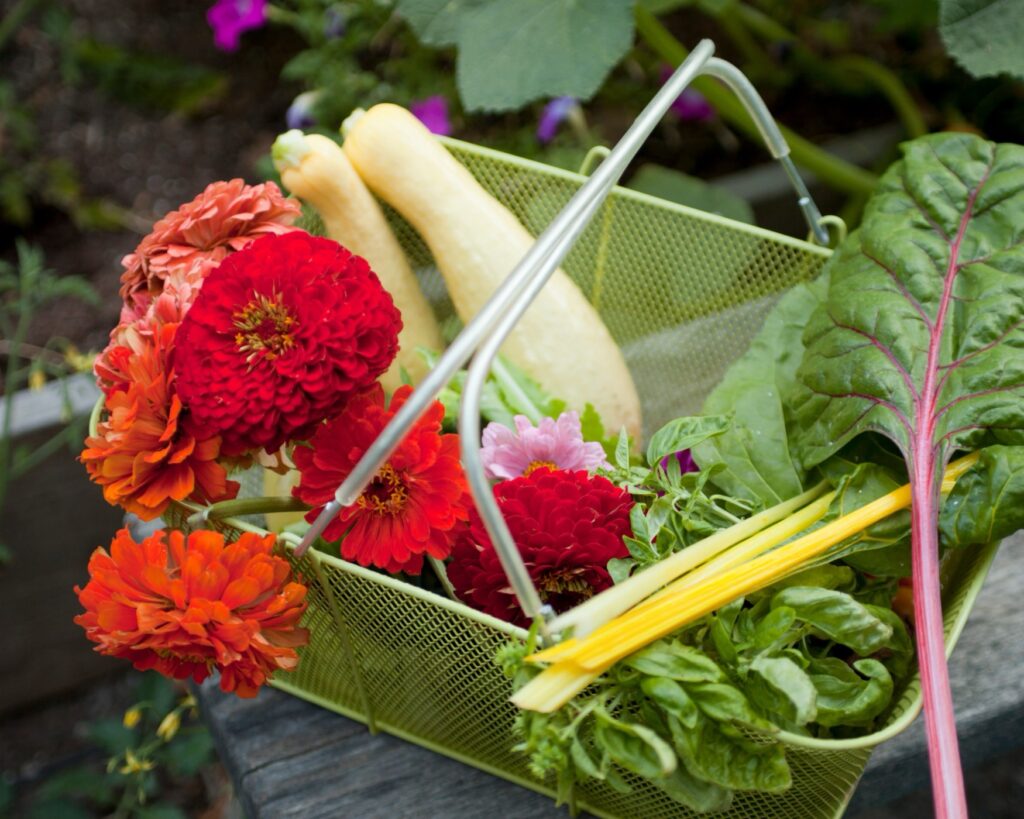
Early Season Planting
With our garden layout meticulously planned, the early season marks the beginning of our planting endeavors, a time of promise and preparation as we sow the seeds that will feed us in the months to come. Our strategy is rooted in making the most of the cooler days of spring, starting with crops that thrive in these conditions and using techniques that set the stage for a bountiful harvest.
Mixing Radish Seed with Root Vegetables
One of our first steps in early season planting is to mix a small quantity of early radish seed with all turnips, carrots, parsnips, and beets sown before May 1st. This technique serves multiple purposes: the radishes germinate quickly, breaking the soil and marking the rows for the slower-germinating root vegetables. As we harvest the radishes, we naturally thin the plants, giving the remaining crops room to grow without overcrowding.
Leveraging the Power of Leaves for Mulching
As our early crops begin to take root, we turn our attention to sustainable practices that support their growth and health, particularly mulching. We’ve discovered the transformative power of using leaves as a natural mulch, a practice that not only conserves moisture and suppresses weeds but also enriches the soil as the leaves decompose. For more insights into how you can embrace this sustainable mulching method in your garden, visit Embrace the Power of Leaves: Transform Your Garden with Sustainable Mulching.
The Importance of Succession Planting
In our early season planning, we also incorporate succession planting, particularly with crops like lettuce and spinach, to ensure a continuous harvest. By planting seeds at intervals, rather than all at once, we can enjoy fresh greens throughout the season, rather than facing a glut all at once.
Choosing the Right Varieties for Early Planting
Selecting the right varieties is crucial for early season planting. We opt for cold-tolerant varieties of lettuce, spinach, and peas, which can withstand the last frosts of spring. We also choose fast-maturing varieties of radishes and lettuces, ensuring that we can harvest them quickly to make way for the next wave of crops.
Early season planting sets the foundation for our garden’s success, allowing us to get a head start on the growing season. By using techniques like mixing radish seeds with root vegetables, embracing sustainable mulching practices, and planning for succession planting, we ensure that our garden is productive, sustainable, and bountiful from the very beginning.
As we move through the gardening season, we continue to learn, adapt, and grow, not just as gardeners but as stewards of the land. Our Victory Garden is more than just a source of food; it’s a living classroom, a place of connection with nature, and a testament to the resilience and abundance that comes from working hand in hand with the earth.
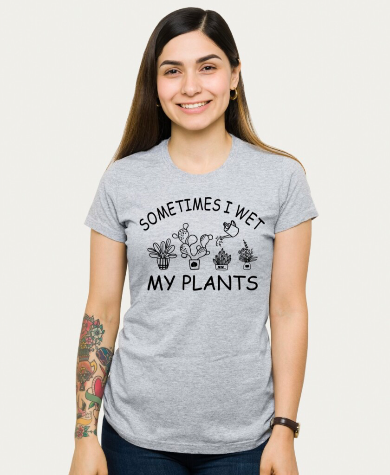
The Joy and Humor of Gardening
Gardening is not just about the hard work and the bountiful harvests; it’s also about the joy and sometimes the light-hearted humor that comes with tending to our plants. In the spirit of keeping our gardening journey enjoyable and relatable, we’ve found that embracing the lighter side of plant care can make the experience even more rewarding.
Embracing Plant Parenthood
As we delve deeper into our gardening adventures, we’ve come to think of ourselves as proud plant parents. This role comes with its unique set of joys, challenges, and, occasionally, humorous moments. Who hasn’t talked to their plants, cheered on a seedling’s first emergence, or even shared a laugh over a gardening mishap?
A Nod to Gardening Humor
In celebrating the fun side of gardening, we stumbled upon a delightful find that resonates with our experience in the garden: a T-shirt proclaiming, “Sometimes I Wet My Plants.” It’s a humorous nod to the daily watering routines that are a staple of garden care, reminding us not to take ourselves too seriously. For those interested in adding a bit of humor to their gardening wardrobe, check out the Sometimes I Wet My Plants T-shirt.
Laughter: The Best Fertilizer
Integrating humor into our gardening practice serves as a reminder that perfection is not the goal; rather, it’s the journey and the learning experiences along the way that matter most. Sharing a laugh over a gardening joke or wearing a playful T-shirt can lighten the mood and bring a smile to our faces, even on the most challenging days. It’s a way to connect with fellow gardeners, share our stories, and remind ourselves that it’s okay to make mistakes and learn as we grow.
Gardening is a labor of love, a source of nourishment, and a reason to laugh. Whether it’s through wearing a humorous T-shirt, sharing funny gardening memes with friends, or simply enjoying the amusing quirks of our plants, there’s no shortage of joy to be found in the garden. As we continue to nurture our Victory Garden, we’re reminded that laughter, like good soil and sunlight, is essential to the growth and happiness of both our plants and ourselves.
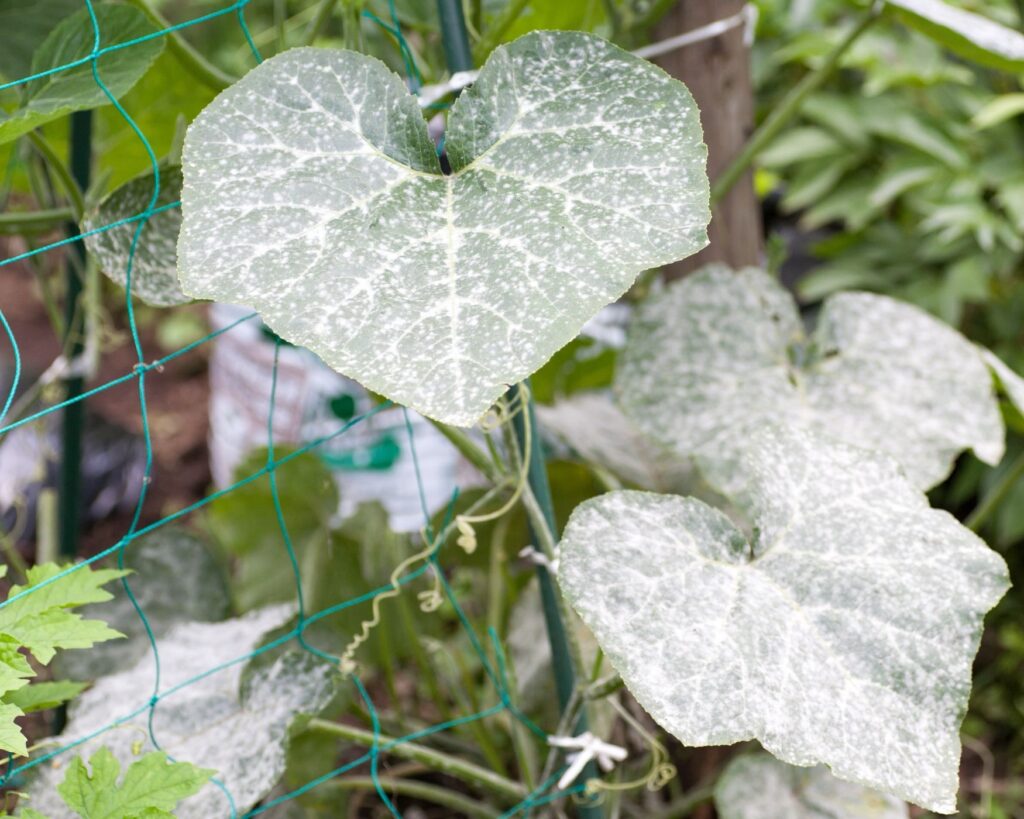
Natural Pest and Disease Management in Your Victory Garden
As our Victory Garden flourishes, we’re reminded that the health of our plants is paramount. Vigilance and proactive measures are crucial to protect our precious crops from pests and diseases, which can all too quickly turn a thriving garden into a gardener’s challenge. Embracing natural remedies not only aligns with our commitment to sustainability but also ensures our garden remains a safe, chemical-free zone for our family.
The Menace of Powdery Mildew
One common adversary that many gardeners face is powdery mildew, a fungal disease that manifests as white, powdery spots on leaves and stems. Left unchecked, it can severely affect plant health and yield. Traditional methods of dealing with powdery mildew often involve chemical fungicides, but in our pursuit of a more natural approach, we discovered a simple yet effective solution: baking soda.
Baking Soda: A Natural Fungicide
Baking soda, a staple in kitchens worldwide, also holds potent properties that can thwart the spread of powdery mildew in gardens. Its fungicidal effects can help manage and prevent this common disease, providing a safe and eco-friendly alternative to harsh chemicals. For a detailed guide on how to use baking soda as a remedy for powdery mildew, The Gardener’s Den offers an insightful article that walks you through the process, ensuring you’re equipped to protect your garden naturally.
Implementing Baking Soda Solutions
Applying a baking soda solution to affected plants is straightforward. By mixing a small amount of baking soda with water and a few drops of liquid soap to help the mixture adhere to plant surfaces, you can create an effective spray to combat powdery mildew. Regular monitoring and application, especially during humid conditions when the disease thrives, can keep your plants healthy and mildew-free.
The Importance of Integrated Pest Management
While baking soda provides an excellent solution for powdery mildew, it’s part of a broader strategy known as Integrated Pest Management (IPM). This approach emphasizes the use of multiple methods to manage garden pests and diseases, combining physical, biological, and, when necessary, chemical controls in a way that minimizes environmental impact and health risks.
Adopting natural remedies like baking soda for garden care not only contributes to the sustainability of our Victory Garden but also reinforces our commitment to nurturing our plants in harmony with nature. By choosing eco-friendly solutions, we ensure that our garden remains a source of health, joy, and abundance for our family, solidifying our role as responsible stewards of the land.

FAQs: Navigating Your 25x50ft Garden
How do I start a Victory Garden in a small space? Start with a clear plan that considers the amount of sunlight, soil quality, and water access your space receives. Utilize raised beds or containers to maximize space and choose crops that can be easily grown in your specific conditions. Succession planting and vertical gardening are also key strategies for making the most of limited space.
What are the best crops for a small Victory Garden? Focus on high-yield and fast-growing crops such as lettuce, radishes, carrots, beans, and herbs. Consider also planting tomatoes, peppers, and cucumbers, which can be grown vertically to save space. Selecting dwarf or bush varieties of certain plants can also maximize your garden’s productivity.
How can I naturally protect my garden from pests and diseases? Implement companion planting to deter pests and attract beneficial insects. Regularly inspect your plants for signs of disease or infestation, and remove affected areas promptly to prevent spread. Utilize natural remedies, such as baking soda for powdery mildew and neem oil for pests, to keep your garden healthy without resorting to harsh chemicals.
Can gardening be a sustainable practice? Absolutely. By composting kitchen scraps and garden waste, collecting rainwater for irrigation, using natural pest control methods, and choosing organic seeds and fertilizers, your garden can become a model of sustainability.
What are the benefits of gardening with your family? Gardening together strengthens family bonds, teaches responsibility, and provides physical and mental health benefits. It’s an opportunity for children to learn about nature, science, and the source of their food, fostering a sense of wonder and appreciation for the natural world.
Our journey through the creation and cultivation of a Victory Garden in a 25×50 ft space has been rewarding beyond measure. Not only has it provided our family with fresh, healthy produce, but it has also taught us lessons in patience, resilience, and the importance of caring for the environment. Gardening has a way of grounding us, reminding us of our place in the larger ecosystem, and the simple joys that come from working with our hands in the soil.
As we look forward to the next planting season, we’re filled with anticipation for the new challenges and triumphs that lie ahead. We encourage everyone, regardless of space or experience, to embark on their own gardening journey. The rewards, as we’ve discovered, extend far beyond the harvest.
As an Amazon Associate we earn from qualifying purchases through some links in our articles.

